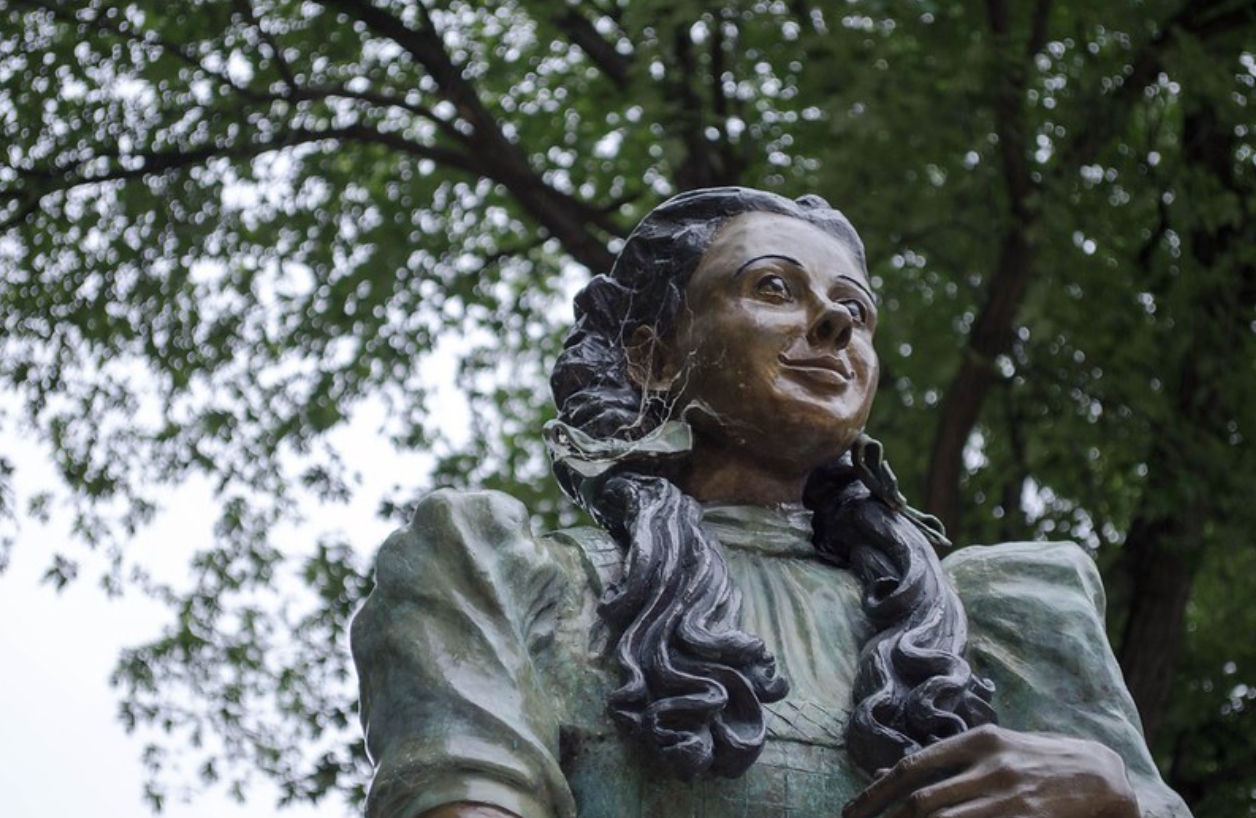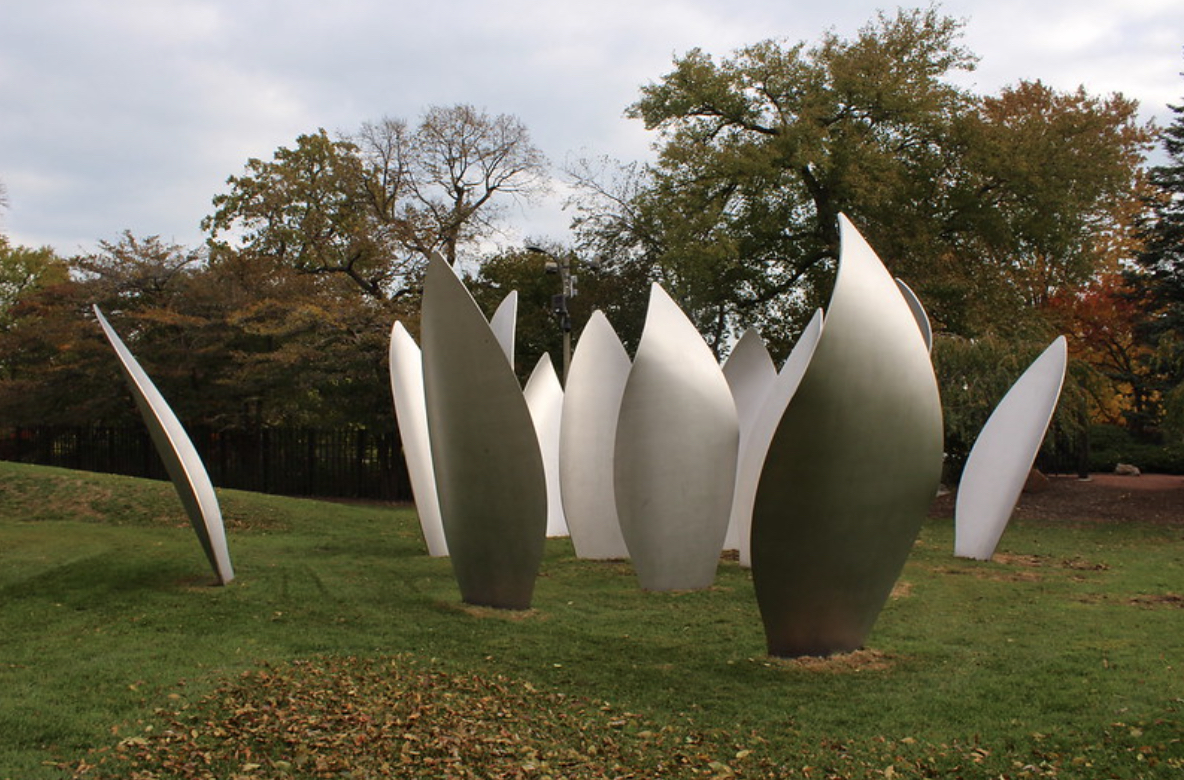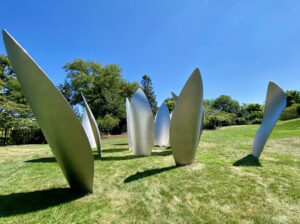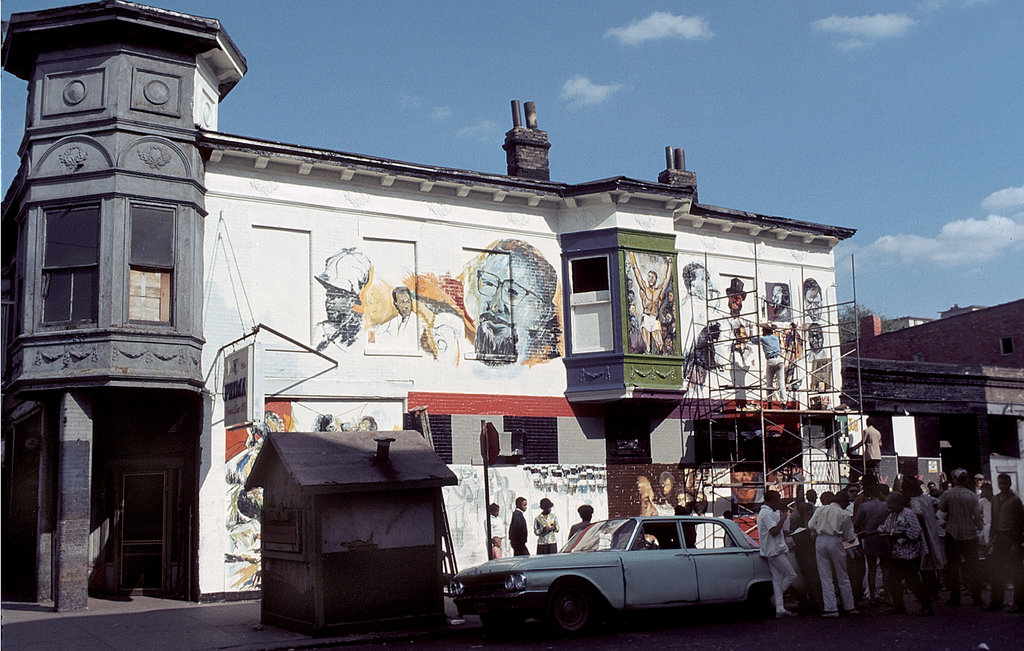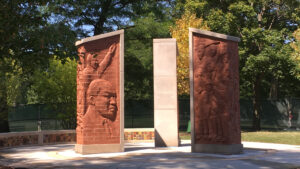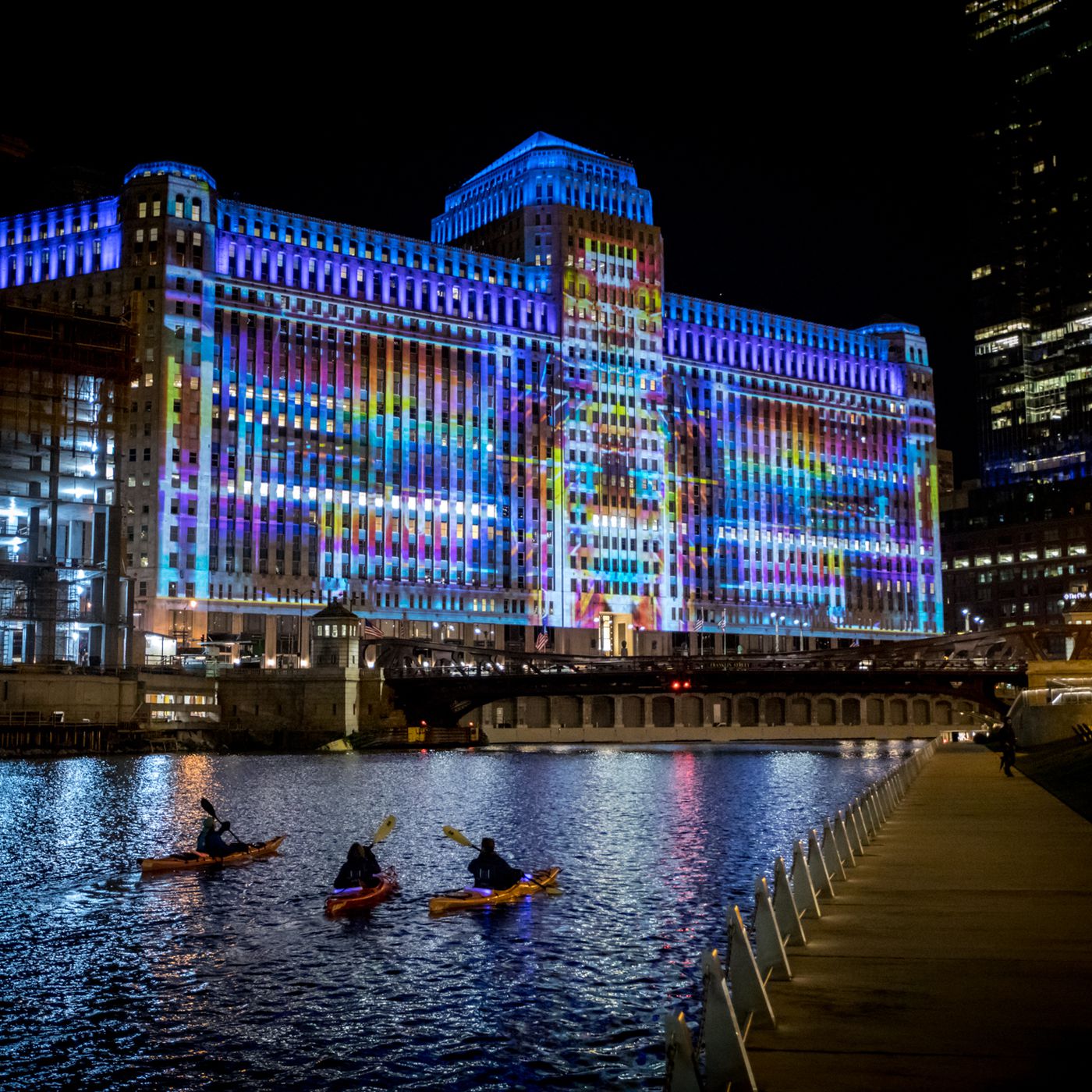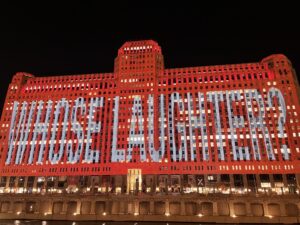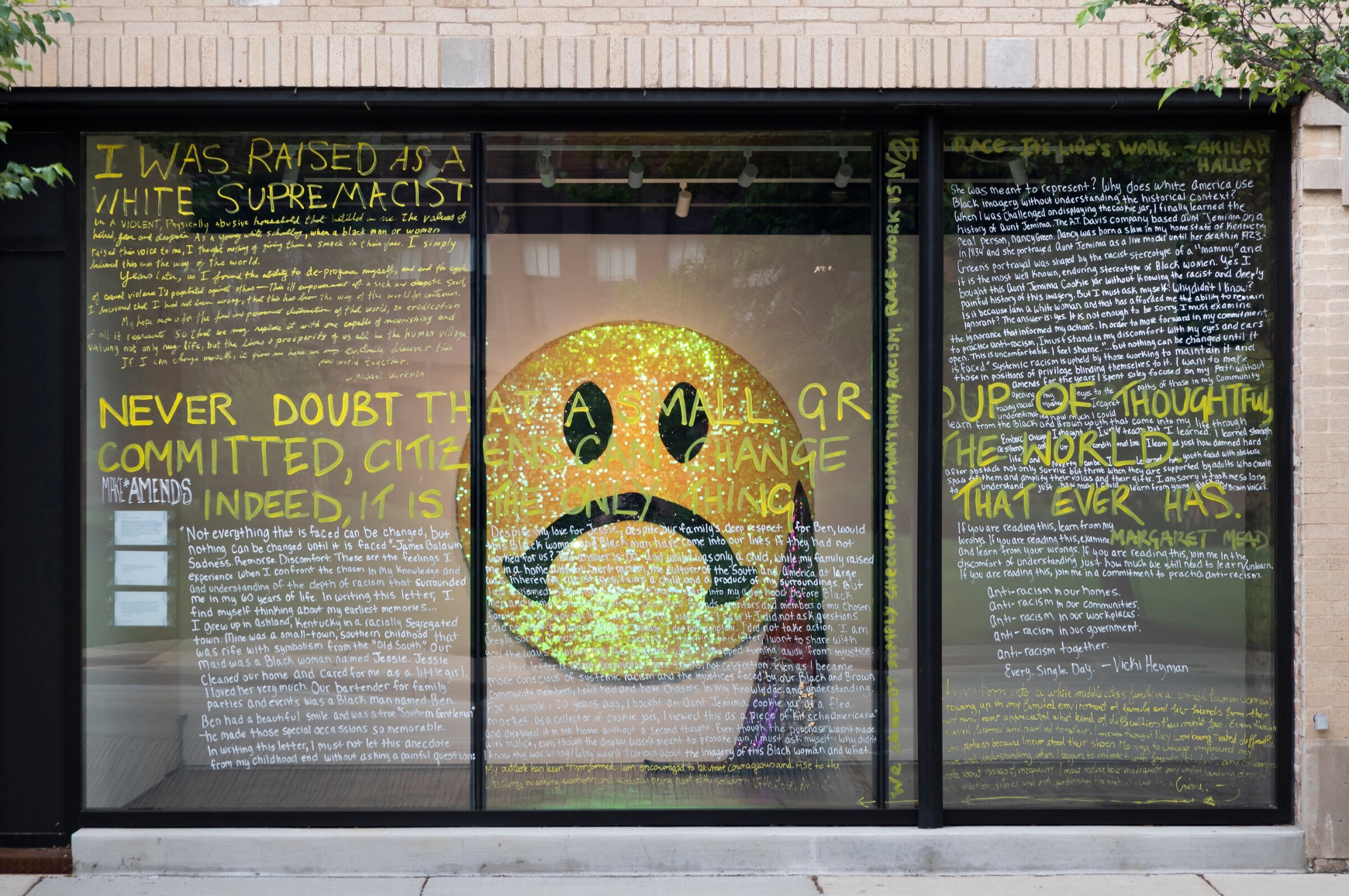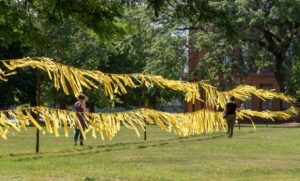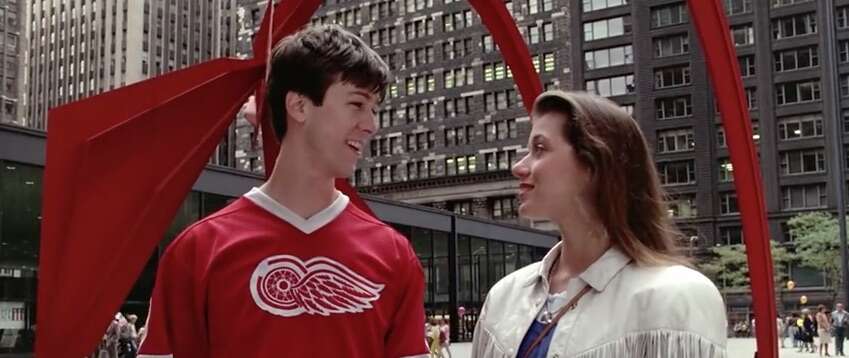At Optima®, we’re passionate about promoting locales that intertwine cultural richness with communal vibrancy. In the heart of Chicago’s Lincoln Park neighborhood lies such a treasure: Oz Park, a space that weaves literature, community, and recreation into a single, captivating location.
Nestled amid tree-lined streets and elegant brownstones, Oz Park stands as an homage to Lyman Frank Baum, the creative genius behind “The Wizard of Oz.” Baum, who made Chicago his home in 1891, penned his iconic series here, gifting the world with tales of courage, heart, wisdom, and the magic of home. It’s only fitting that the Windy City pays tribute with a park that brings his enchanting world to life.
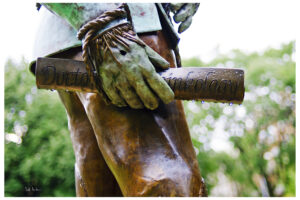
As visitors walk through Oz Park, they’re greeted by lifelike bronze statues of the story’s beloved characters: the wide-eyed Dorothy with her loyal Toto, the Scarecrow with his quest for brains, the Tin Man seeking his heart, and the Cowardly Lion in search of courage. Installed between the late 1990s and early 2000s, these figures serve as timeless sentinels, sparking joy and nostalgia for both young visitors and those young at heart.
Yet, the history of Oz Park tells a story not just of literature, but of rejuvenation. In the 1960s, this area was earmarked for an urban renewal project. From an expanse that once bore witness to the ebbs and flows of urban change, sprouted a park that today serves as a refuge, a place for families to converge, for children to play, and for communities to celebrate together.
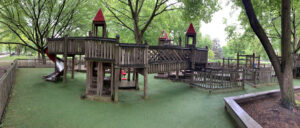
Beyond the Wizarding statues, Oz Park offers “Dorothy’s Playlot” for the youngest adventurers, tennis courts for the sporty, a basketball court for the competitive, and vast open fields for any and everyone seeking leisure or recreation. The park not only offers these amenities but stands as a lively hub for a myriad of community activities ranging from movie nights to spirited gardening days.
For our residents, Oz Park presents an opportunity to experience a slice of literary history while enjoying the camaraderie of a close-knit community. The essence of Baum’s tales — the search for what’s truly valuable and the joy of discovering it’s been nearby all along — mirrors the experience of discovering this gem in Chicago. Through its unique blend of storybook charm and urban recreation, Oz Park epitomizes the very spirit of community and culture that we deeply cherish.
